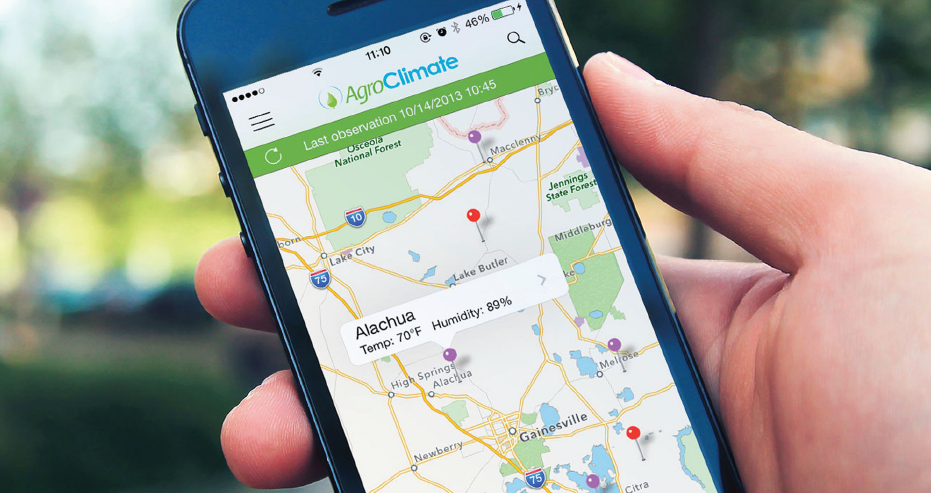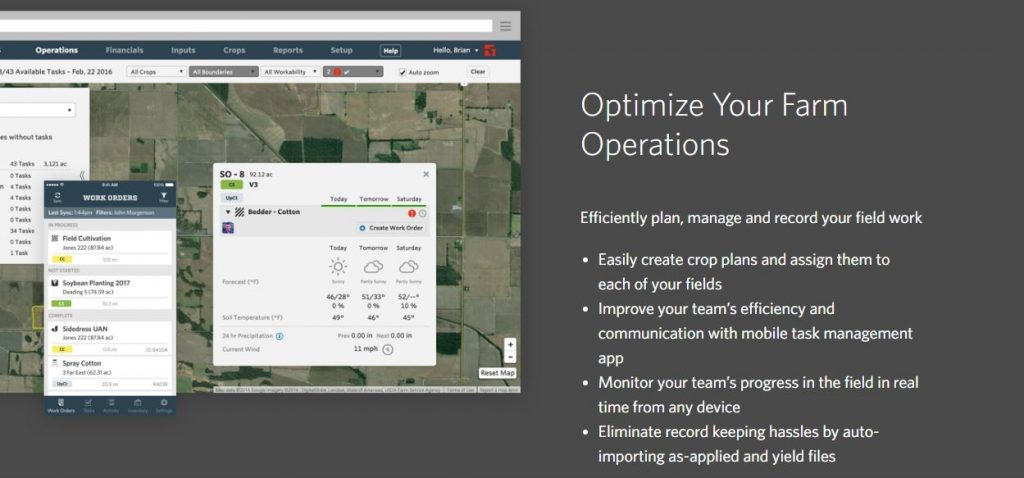Mobile Apps for Agriculture and Internet-Cell Phone Technology Hold Promise for Developing Countries
As technology continues developing at a breakneck pace in the US and other developed countries of the world, the use of Apps for agriculture (Smartphone Applications) has expanded well.
The many apps now being used in Agriculture focus on these primary functions or specializations:
- Weather and Climate – farmers rely heavily on information that relates to weather and climate in real time. Each season delivers a different frequency and duration of rainfall, and wide swings in temperature can present themselves with each season. Real Time data can assist with planting, field activities, and harvest timeliness for the farmer, whether a large farm or a small landholder. Having good access to historical weather data also can assist farmers. Many insect pests, for example, develop through their life cycles and migrate as adults according to Growing Degree Days. Some migratory insects move on predominating winds and land in regions then they lay their eggs and the larvae feed on host crops. Other insects move on the wind to land in different areas and the adults can be troublesome as well. Knowing these trends are important in many cases.
- Decision Making Software Apps – these Apps focus on specific decisions made by farmers. Examples include sprayer calibration software; herbicide or insecticide selection programs; and others which focus on a relatively specialized database and calculation process to assist in decisions made on the fly in the field.
- Pest Management Software – these databases provide identification, pest threshold information, and sometimes ties to specific chemical or cultural control approaches to respond to, or head off a pest problem. The challenge with these types of programs is that each region and climate have different levels of problems by the pest in question…whether it’s a weed, insect, or disease. Therefore, selecting these apps according to your country, region, or state is usually recommended. They tend also to be developed by specific suppliers and when the database relates to a product, it will typically refer you to only their brand name rather than the active ingredient or alternative choices.
- Marketing Apps – farmers who rely on regional and global markets will utilize software which reports market trends, current real-time pricing, crop condition reports, and weather trends which affect crop reports and price forecasting.

High-End Apps are created by equipment manufacturers which integrate information that can be analyzed and applied right in the field while spraying, planting, harvesting, and other activities. These can be as simple as GPS Variable Rate Technology to reporting crop status on the fly. Source: Precision Ag – The Tipping Point for Machine Learning in Agriculture
The effectiveness of using Apps in Agriculture is only as valuable as the connectivity in your area. That being said, here are some sites to visit that can be very helpful in that you can review specific offerings within their programs. Some directly charge a subscription rate, some offer a trial period with limited features, and still some others will have pop-up ads which allow them to offer their app for free.
Visit the following sites to learn what might fit for your farm, area, and technology needs. In scouring the internet, we’ve found these as some of the best to read and review:
https://www.agweb.com/article/farmers-reveal-their-10-favorite-apps/
Croplife – 10 best new agriculture apps
How mobile apps are helping agriculture in achieving sustainable development – Source Trace
Crop Life – 17 Agricultural Apps that will help you farm smarter in 2017




